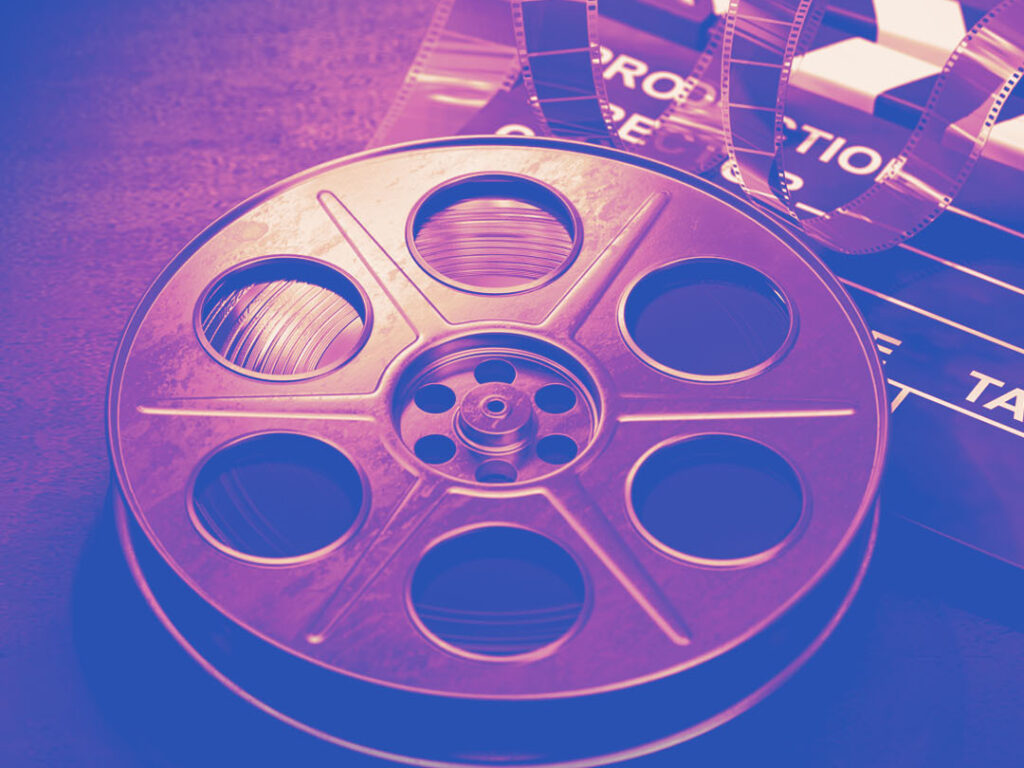The art of storyboarding is nothing new, yet this old practice could still perhaps be unfamiliar to many people.
Essentially, it's a part of the creative process that an audience will never see and is buried deep in the final product — hence its potential anonymity.
To cite its origins, and in its current form, the technique was developed at the Walt Disney Studios in the early 1930s (depending on who you speak to).
Although prior to this, many silent movies utilised a form of storyboarding, therefore, debates on ownership will likely rumble on.
Nevertheless, it’s a relatively simple notion: a graphic representation of images, in sequence, solely used to ‘pre-visualise’ a concept or an idea.

“In a sense, comic books are frozen movies. If you look at a comic book, you are generally seeing the storyboard for a film.”
— Michael Uslan
That idea could be a motion picture, animation, motion graphics or an interactive media sequence. The linear direction of the cells, or images, offer a fluid visualisation of any narrative.
And in this respect, the simplicity of a storyboard poses as its biggest attribute. And this is reflected in their use across an array of industries; business, education and of course, entertainment, just to name a few.
But we wanted to dig a little deeper.
We wanted to explore the real value of storyboarding, and experienced Storyboard Artist, Jonathan Sweatman, was kind enough to indulge us.
Pencil and paper

Having always loved to draw, Jonathan was inspired by comics and graphic novels that brought stories to life through the ‘dramatic use of angles and strong linework’.
After studying graphic design at Brighton under the tutelage of Raymond Briggs (of ‘The Snowman’ fame), then following his graduation, Jonathan found work in a busy advertising agency. An area of significant interest to him.
Although at that time, prior to the advent of the Mac, and indeed the internet, everything was drawn by hand — a skill that Jonathan still harnesses today.
“Although I can operate a Mac, I know my real value is in the quick and cost-effective use of traditional pen and paper.
“Thinking as a director would, I form a mental picture of the overall structure and scamp out a rough draft (or mockup for an idea) before adjusting individual scenes to emphasise key points that aid understanding.”
The pen and paper then, which was developed by the Greeks, still has a place — even with all the technological advancements that dominate both our society and workplaces.

Multi-faceted approach
The storyboard is also a flexible beast, at least in terms of the value it can add.
In terms of filmmaking: it can help to plan a complicated shoot, offer as a directorial guide during production, but also as a tool for clarity much earlier in the process.
Jonathan continued: “The drama, pace, excitement and above all else, clarity, that can be conjured by a well-crafted storyboard can make the sell-in process so much easier for everyone.
“This clarity of image is, of course, essential for an idea to be correctly communicated to clients, preventing them formulating their own mental images (we all do it) when reading a script.”
Here then it merely streamlines thought processes, even in smaller projects.
A valuable creative blueprint?

So if projects have the budget to utilise a storyboard, what are the real benefits of drawing up this ‘artistic blueprint’?
“It helps creative teams reach a consensus in approach and hone their concepts, rendering them into a form that all but sells itself,” Jonathan added.
“And this is particularly useful now, where more meetings are held remotely, and presentations are often delivered by document alone.”
Today more than ever then, it is a useful tool.
Since leaving the advertising agency, and having won numerous industry awards for art direction, Jonathan has returned to his first love of drawing.
He has conceptualised all manner of projects for a wide variety of clients (including Loftworks), and says that he is happy to work together with a copywriter, or take an existing idea and use his experience to bring it to life.
In conclusion, it seems that storyboarding is versatile and certainly holds value — and as a technique, its impact has also become more widespread.
Thanks to Jonathan for his interesting insight and if you're interested in his services do get in touch.






